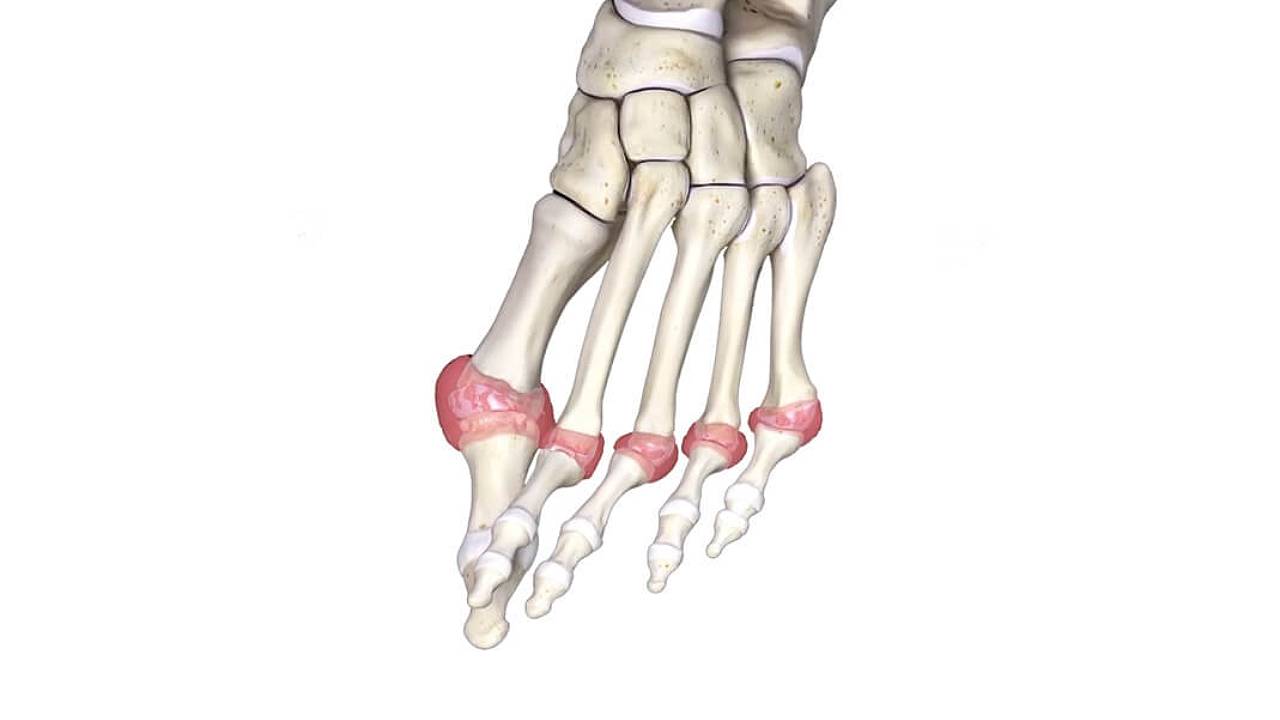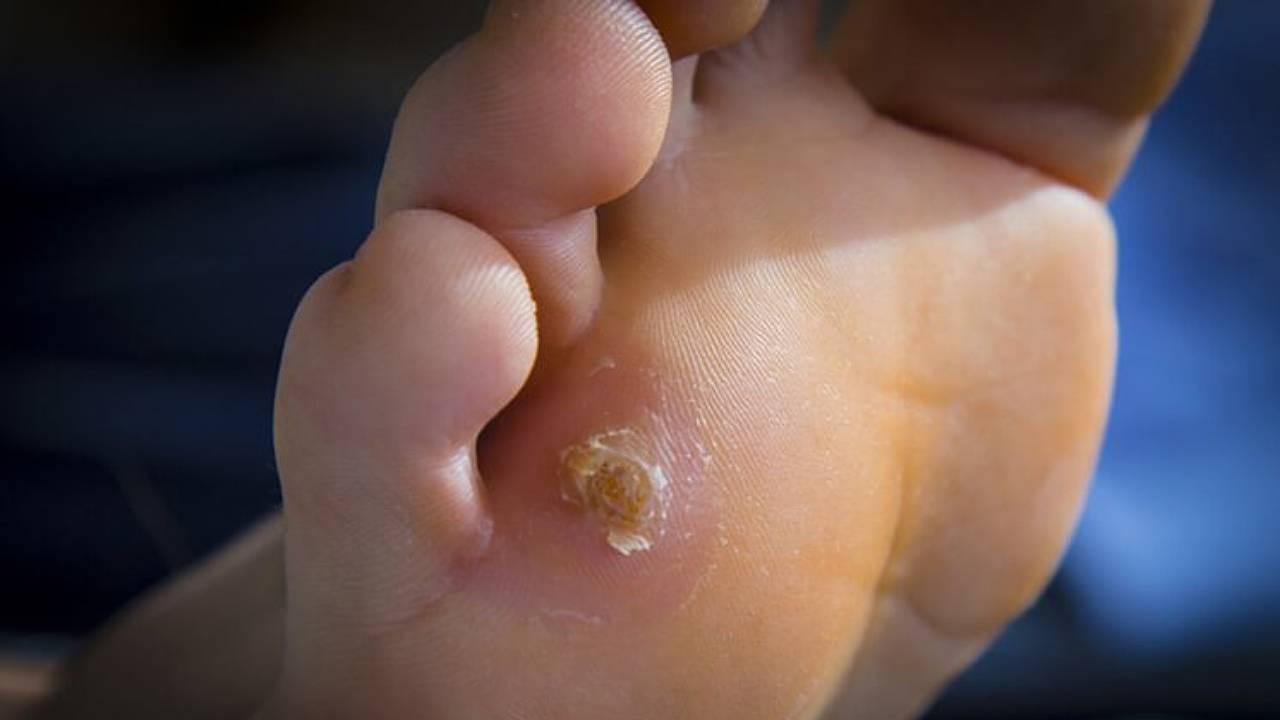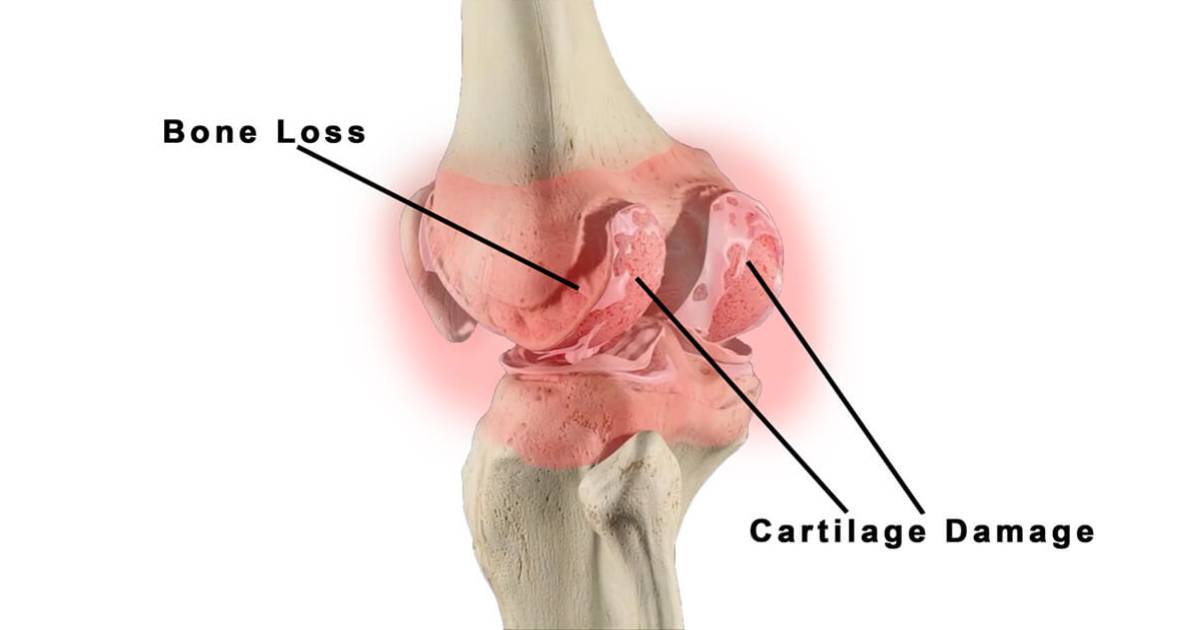
Rheumatoid arthritis (RA) is an inflammatory auto-immune condition that causes the body to attack the joints involuntarily. Unlike osteoarthritis, which happens with the onset of age, RA affects people of all ages, including children who can develop juvenile RA. The development of joint deformities can be swift, aggressive, and irreversible if early intervention is not taken. This can affect mobility and quality of life, leading to deformity or potential disability.
Rheumatoid arthritis (RA) can be a major cause of disability, making it a cause for concern amongst podiatrists. In fact, over 90% of people with RA develop symptoms in the foot and ankle.1 While RA is less common in Asians, it is still important to be aware of this condition and the symptoms.2
Symptoms of Rheumatoid Arthritis:
- Pain and swelling in multiple joints (usually the corresponding joints on both sides of the body, like both wrists or both ankles)
- Fever with flu-like symptoms
- Joint stiffness, especially in the morning
- Fatigue and/or weight loss
- Lumps called rheumatoid nodules
- Damage to organs such as the eyes and lungs
If you think you have Rheumatoid arthritis (RA), you should consult a foot specialist promptly. Physical exam such as X-rays, blood tests, and joint fluid analysis may be required for an accurate diagnosis.
Causes of Rheumatoid Arthritis
While the cause for RA has not been determined, there are a number of risk factors that may increase your chances, such as:
- Hereditary factors
- Smoking
- Possessing certain genetic markers
- Gender

Managing Rheumatoid Arthritis
Joint deformities and rheumatoid nodules as a result of RA can lead to skin irritation and the formation of painful corns and calluses. If neglected, these can develop into ulcers.
Individuals with RA can also suffer from inflammation of the blood vessels, which is also known as vasculitis. This can lead to the formation of a painful rash in larger blood vessels. Some patients with this secondary condition may also experience decreased blood supply due to the narrowing of arteries, leading to other potential foot complications.
Unfortunately, there is no cure for RA. The primary goal of podiatric care is to ensure that your motions are pain-free whilst further damage to the feet is minimised.
This can be achieved by:
- Assessing and providing rectifications to joint, foot and posture abnormalities that contribute to pain and the progression of deformities
- Prescribing customised orthotics or other in-shoe devices for joint stabilisation, offloading of high pressure areas, and realignment
- Prescribing various solutions such as shockwave therapy and EMTT to reduce pain and minimise the level of joint damage from acute and chronic flare ups
Early podiatric intervention can significantly reduce pain and joint deformities, while delaying disease progression. This keeps individuals in good health with the adequate function and ability to perform everyday tasks pain-free and unhindered for many years to come.





